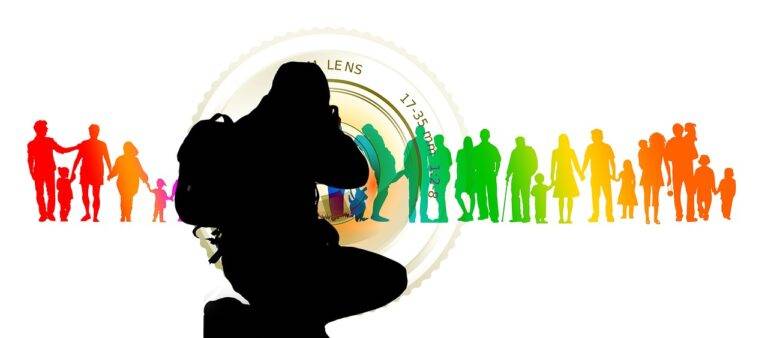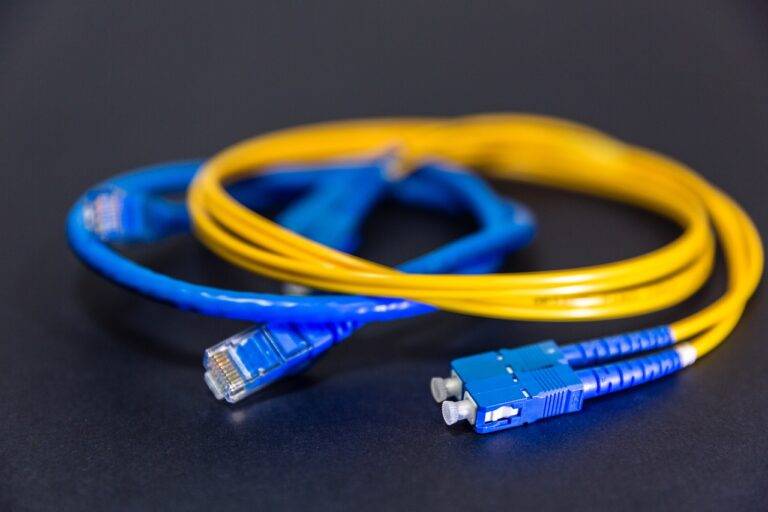The Role of Tech in Disaster Risk Communication
Disaster risk communication is a vital aspect of ensuring public safety and promoting resilience in the face of natural or man-made disasters. It involves the effective dissemination of information related to potential hazards, risks, and appropriate actions to mitigate them. Through clear and concise messaging, individuals and communities can enhance their preparedness and response capabilities when confronted with emergencies.
Successful disaster risk communication relies on the timely and accurate exchange of information between authorities, stakeholders, and the general population. It is crucial to tailor the messaging to the specific needs and characteristics of the target audience, taking into account factors such as cultural diversity, language barriers, and literacy levels. By fostering transparency, trust, and engagement, communication efforts can empower individuals to make informed decisions and take proactive measures to minimize the impact of disasters.
The Importance of Technology in Disaster Risk Communication
In the realm of disaster risk communication, the role of technology cannot be understated. Through the utilization of various technologies, such as social media, mobile applications, and warning systems, emergency responders can disseminate critical information swiftly and efficiently to at-risk populations. Technology enhances the speed and reach of communication efforts, allowing for the dissemination of warnings, evacuation instructions, and real-time updates in times of crisis.
Moreover, technology enables two-way communication between authorities and the public, fostering a more interactive and informed engagement during disasters. Platforms like text alerts, emergency apps, and online mapping tools facilitate the exchange of vital information, enabling individuals to report their status, request assistance, and access relevant resources in a timely manner. By leveraging technology effectively, disaster risk communication can become more targeted, responsive, and inclusive, ultimately bolstering community resilience in the face of adversity.
Utilizing Social Media for Disaster Risk Communication
Social media has transformed the way disaster risk communication is carried out in recent years. Platforms like Twitter, Facebook, and Instagram present unique opportunities to rapidly disseminate crucial information to a wide audience. During emergencies, real-time updates and alerts can be shared quickly through these channels, enabling authorities to reach a larger number of people efficiently.
Furthermore, social media allows for two-way communication, where individuals can not only receive information but also actively engage and contribute to the conversation. This interaction fosters a sense of community and collaboration during times of crisis. By leveraging the power of social media, emergency responders can tap into a vast network of users who can help amplify important messages and identify areas in need of assistance.





